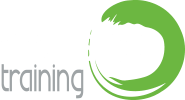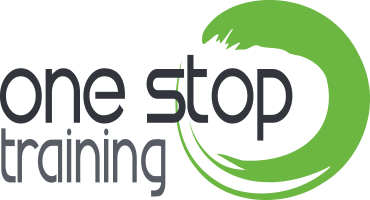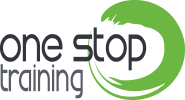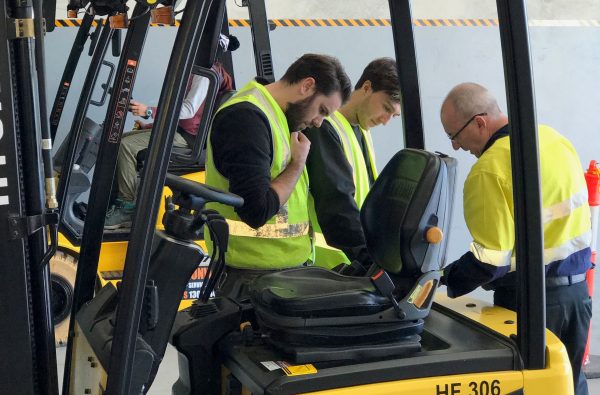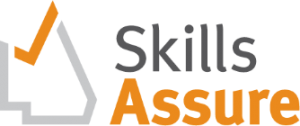What do I need to check before operating a forklift? You should:
- complete a pre-operational check by following the manufacturer’s instructions in the forklift manual
- report any damage or problems to your supervisor immediately
remove the key and tag out unsafe forklifts to prevent unauthorised use.
Checklist for pre-operational checks:
You need to carry out pre-operational checks on the forklift before starting work each day, including considering load stability, characteristics of the forklift you operate and the height, width and type of attachments. This pre-operational checklist is only an example and may not include all hazards related to the forklift. You will need to follow the manufacturer’s or employer’s maintenance procedures to safely operate the forklift.
- Tyres: Check each tyre for wear or damage, and pressure (if applicable).
- Fluids: Check oil levels (hydraulic and engine), battery fluid, fuel and coolant levels.
- Seating: Check the condition and adjustment and that the seat attachment point is secure.
- Warning devices: Check horn is operational. Check all other fitted devices, such as lights,
reversing beeper and flashing beacon, are operational. - Capacity: Check that the load capacity data plate is fitted, legible and correct (confirm that the forklift has sufficient capacity and reach for the load being lifted)
- Mast: Check for signs of damage. Check lift chains and guides for wear.
- Hydraulic cylinders and hoses: Check for any leaks, cracks, deterioration and frays in hoses.
- Tines: Check for excessive wear, damage, bends, modifications, cracks or repairs, and that they are securely attached.
- Seatbelt: Make sure it is in good working order.
- Guarding: Check that all guards are in place.
- Attachments: Check any attachments for wear, damage and for correct function.
- Attachments should be annotated on the load capacity data plate.
- Once the forklift has been started:
- Controls: Check that all pedals and controls operate correctly (including steering).
- Brakes: Check that the brakes (including parking brake) operate correctly.
Traffic management checks: You should make sure that the workplace is safe for you and your forklift before you start driving. This checklist is only an example and does not include all hazards relating to traffic management in a workplace.
- Understand the traffic management plan at your workplace, especially the no-go zones and who should give way at your workplace
- Keep your forklift physically separate from pedestrians where possible.
- Wear your high visibility vest as required.
- Follow speed limits and slow down (be aware of your forklift’s stopping distance and that it
changes in the wet). - Follow traffic directions, such as ‘Stop’ and ‘One way’.
- Use the horn at intersections and blind corners or in accordance with your employer’s traffic management plan.
- Report faults or hazards (e.g. worn floor markings), near misses and accidents
